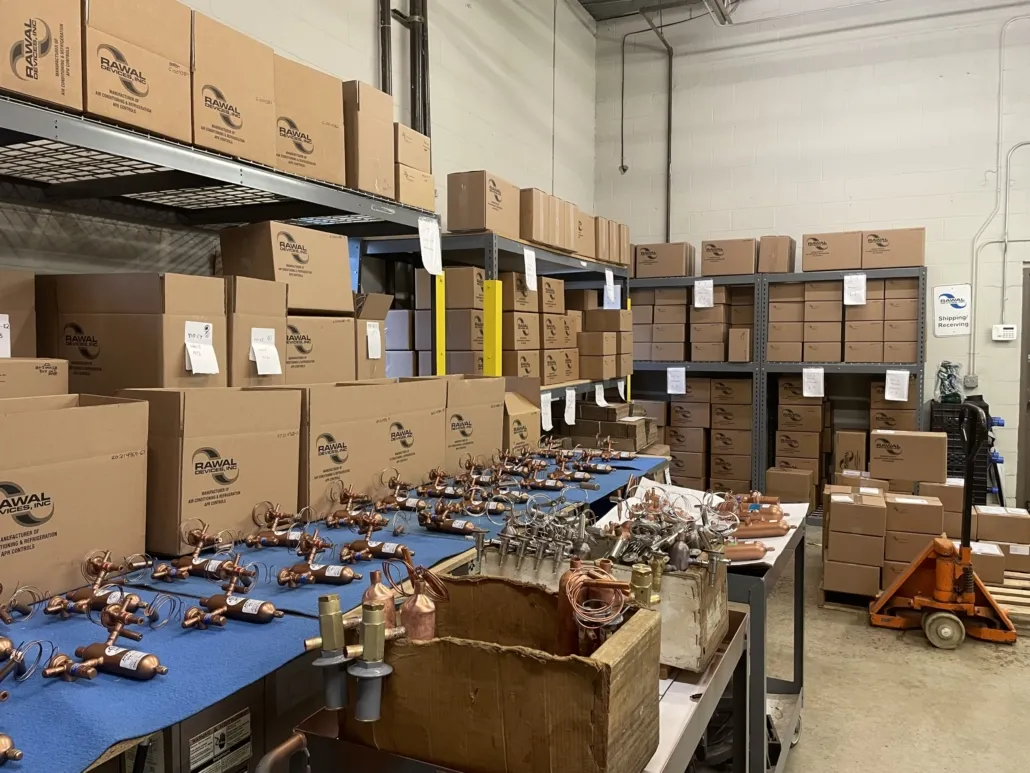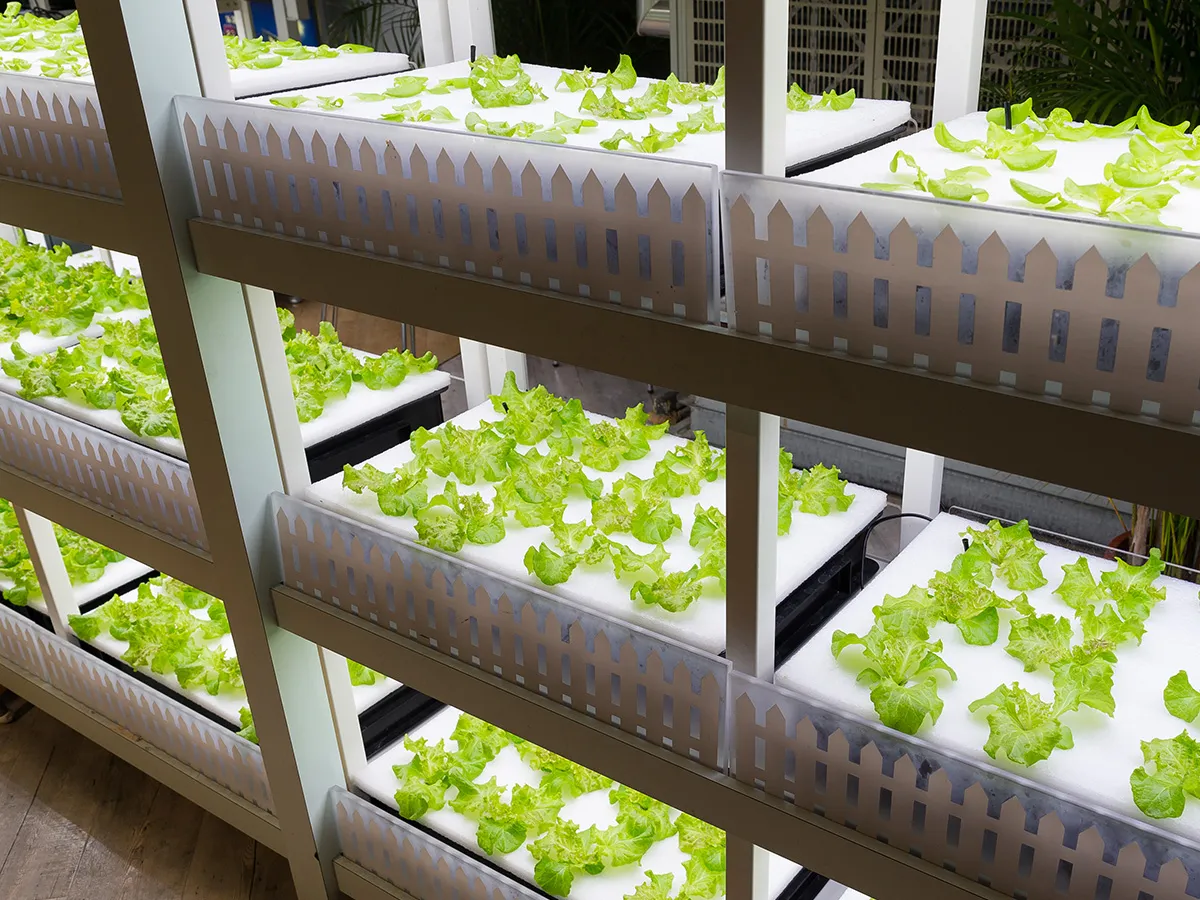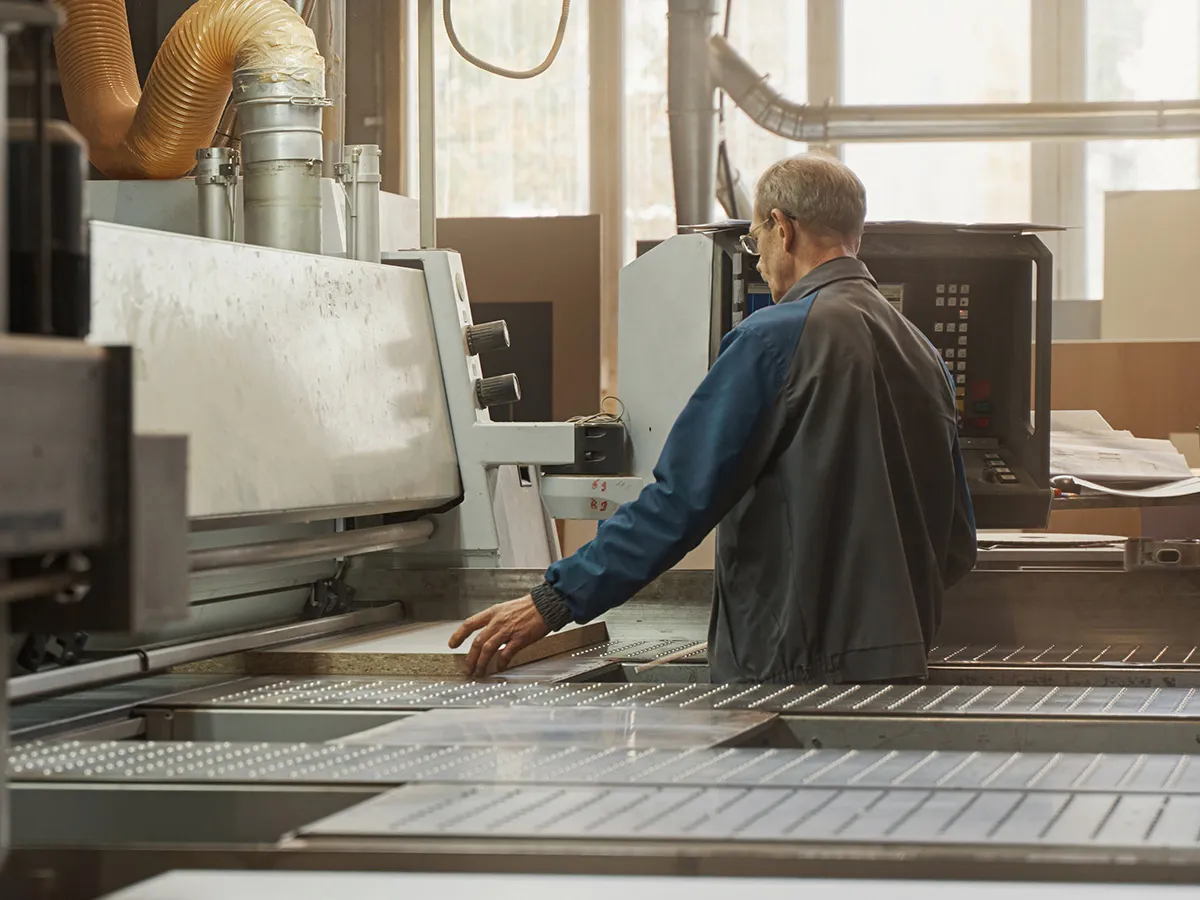Give your customers a solution for variable capacity HVAC enhancement
Rawal APR modifies any DX system to operate as a modulating variable capacity system



-
The alternative to Variable speed
Less expensive, more available, easier to install & service
-
Improved Comfort
Helps reduce humidity, stabilize temperature fluctuations
-
Cost-effective
Avoids costly system replacements and downtime when not in the customer’s budget
Rawal APR Control
Helps all of your Contractor and Facilities customers
Complex solutions aren’t needed for every situation
New technologies like variable speed HVAC give you new ways to serve your customers. But they’re not right in every situation, can cost more, and may not be in-stock. Rawal APR Control is often easier to install and gets the job done right:
- Compete on jobs with stock equipment when customers don’t have the budget for variable speed
- Allow contractors to repair existing in-place equipment when replacement is not an option
- Reduce call-backs and preserve your customers warranty budget
- Maintain lasting relationships with your contractor customers
Modifies any DX system to operate as a modulating variable capacity system
APR Control is a variable capacity enhancement for new and existing (in-place) DX (direct expansion) systems in a wide range of commercial and industrial facilities and applications that helps provide:
- Tight temperature control
- Better humidity control
- Improved high-percentage outside air
- System protection (fewer call-backs)
The alternative to variable speed technology
Your customers don’t have to sacrifice comfort for energy efficiency.
- Cost-effective
- Value Engineering:
-
Compete on jobs when your customer doesn’t have the budget for new variable speed equipment
-
Enable contractors to offer repair instead of replace
-
Easy to install & maintain
-
Improves equipment reliability and lifespan
-
Shorter lead times - sell in-stock equipment as a customized solution
Flexible Solutions
Help HVAC systems respond to dynamic load criteria
- As much as 80% turndown on standard DX systems
-
The APR Control delivers true load-matching performance
- Continuous dehumidification
-
Extend compressor run-time and maintain evaporator coil in dehumidifying mode
- Lower power consumption during part load operation
-
APR Control unloads the compressor to operate at a lower kW draw
Shorter lead times
Deliver the right solution to your customer in less time
-
Your standard HVAC equipment can be customized for special applications, especially with budget or lead time constraints
-
Eliminate the need for expensive customized equipment with long lead times
-
Great for spaces with frequent load fluctuation such as schools, offices, and manufacturing facilities
-
Useful for VAV, VVT, make up air, and high percentage outside air applications
System protection for variable airflow volume (VAV) applications
APR Control allows for significant airflow reduction across the evaporator coil to provide optimal system performance
-
Systems with VFD on evaporator fan motors require APR Control to prevent compressor damage and provide consistent discharge air temperature.
-
APR Control protects refrigeration circuit from coil freezing during low airflow operation
Stronger relationships with your contractor & service technician customers
Help customer complete problem jobs in less time
-
Eliminates high humidity
-
Reduces temperature fluctuations
-
Extends compressor lifespan
-
Protects refrigeration circuit
-
Provides true load-matching up to 80% turndown
Loved by contractors, service technicians, and their customers
-
Reduces call-backs and saves warranty reserve funds
-
Technician-friendly: simplify installation, start-up, and service
-
Avoid costly system replacement and downtime
Correct over-sized equipment
-
Eliminates inconvenient and excessive call-backs
-
Helps you strengthen relationships with your service & maintenance customers
-
Increases service pull-through work and sales
-
Protects systems from deferred preventive maintenance / service
-
Provides a comfortable environment for the occupant
-
Improves designs to enhance performance
Distributor Resources
-
How to sell The APR Control
-
APR Control Sales Sheet
Transform any standard DX air conditioning system into a variable capacity system with the APR Control. -
Educational videos
-
Customer Success stories
-
APR Solution by Industry








